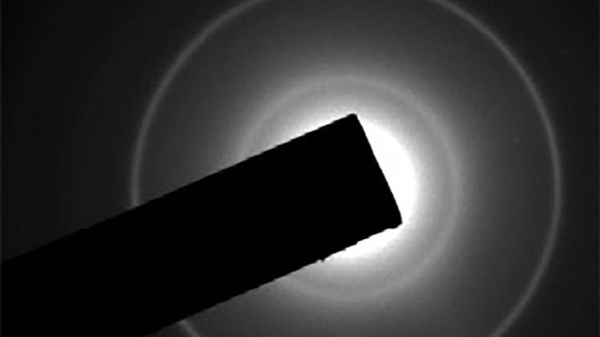Clean energy plans, including the U.S. Infrastructure Investment Act’s “Clean Hydrogen Road Map,” are counting on hydrogen as a fuel of the future. But current hydrogen separation technology is still falling short of efficiency and sustainability goals. As part of ongoing efforts to develop materials that could enable alternative energy sources, researchers in Drexel University’s College of Engineering have produced a titanium oxide nanofilament material that can harness sunlight to unlock the ubiquitous molecule’s potential as a fuel source.
The discovery offers an alternative to current methods that generate greenhouse gas and require a great deal of energy. Photocatalysis, a process that can split hydrogen from water using only sunlight, has been explored for several decades, but has remained a more distant consideration because the catalyst materials enabling the process can only survive it for a day or two, which limits its long-term efficiency and, as a result, its commercial viability.
Drexel’s group, led by College of Engineering researchers Michel Barsoum, PhD, and Hussein O. Badr, PhD, in collaboration with scientists from the National Institute of Materials Physics in Bucharest, Romania, recently reported its discovery of photocatalytic titanium oxide-based, one-dimensional nanofilament material that can help sunlight glean hydrogen from water for months at a time. Their article “Photo-stable, 1D-nanofilaments TiO2-based lepidocrocite for photocatalytic hydrogen production in water-methanol mixtures,” published in the journal Matter, presents a sustainable and affordable path for creating hydrogen fuel, according to the authors.
Read more at Drexel University
Image: A new photocatalytic titanium oxide-based nanomaterial, discovered at Drexel, could open new pathways for producing green hydrogen. Credit: Drexel University


